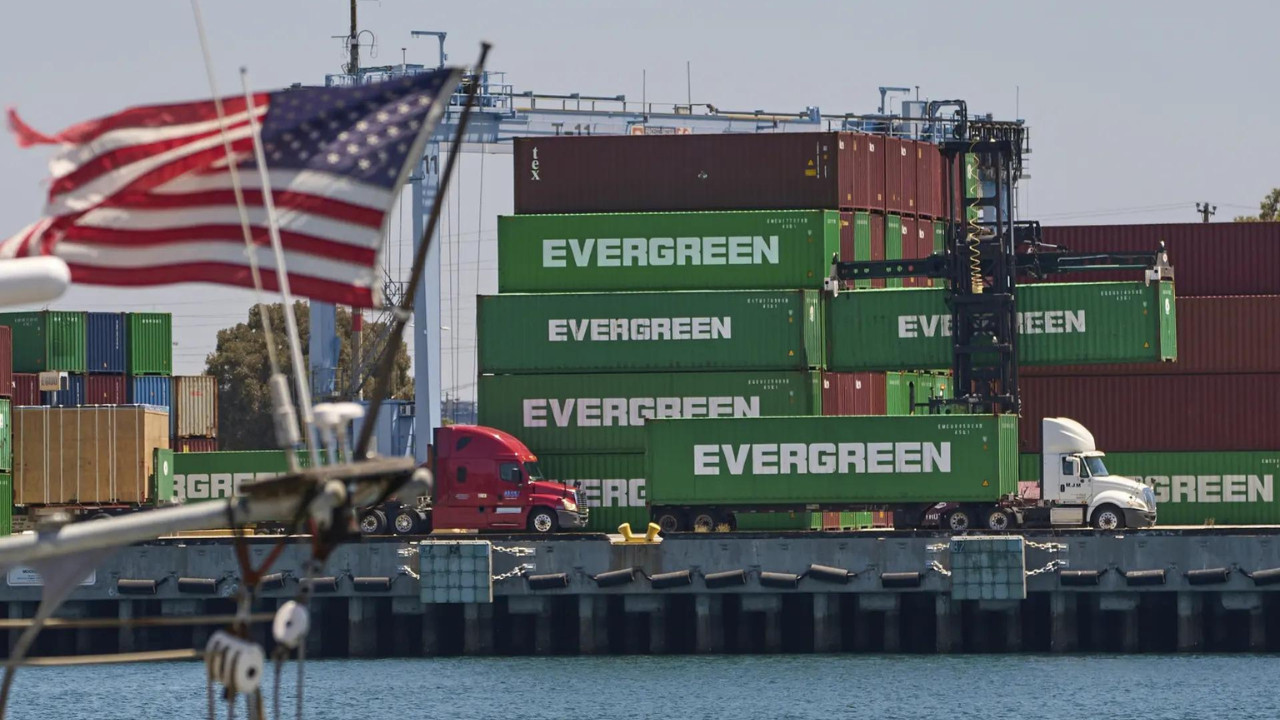Saudi Arabia, Russia and six other key OPEC+ members announced on Saturday a huge increase in crude production for July. But in early 2025, OPEC+ members decided on the gradual output increase and subsequently began to accelerate the pace.
Okay, here’s a blog post reimagining that Times of India article on OPEC’s July oil production boost, aiming for an engaging, human-sounding voice and avoiding clichés:
OPEC Cranks Up the Volume: What’s Really Behind the Oil Spigot Turn?
So, the news dropped: OPEC pumped out a whole lot more oil in July. Not just a little more, but a noticeable jump. We’re talking a significant upswing in production, enough to make you wonder what’s really going on behind the scenes. Forget the dry press releases; let’s dig a bit deeper.
On the surface, the story is straightforward. The group, which still holds considerable sway over global oil prices, increased its output, adding more barrels to the market. This might seem counterintuitive, right? Weren’t they all about keeping supply tight and prices high? Well, as always with OPEC, the narrative is a bit more layered than it initially appears.
One immediate question that pops to mind is: why now? Several factors could be at play. First, there’s the obvious pressure from major consumer nations, particularly the US, to ease energy costs. Inflation is still a major headache for many economies, and high gasoline prices are a political hot potato. Pumping more oil is a quick way (at least in theory) to bring those prices down, or at least prevent them from skyrocketing further. Was this a strategic move to appease these powers, perhaps in exchange for some other, less visible concessions? It wouldn’t be unheard of.
Then there’s the internal dynamic within OPEC itself. Not all members are created equal. Some, like Saudi Arabia, have the capacity to significantly increase production, while others are already pushing their limits. This creates tension. Those with the spare capacity might be tempted to capitalize on the situation, gaining a larger market share, especially when prices are still relatively lucrative.
Furthermore, we can’t ignore the geopolitical backdrop. The war in Ukraine continues to disrupt global energy flows, creating uncertainty and volatility. OPEC might be positioning itself to fill some of the gaps left by restricted Russian oil supplies. Whether that’s a humanitarian effort or a pragmatic business decision is up for debate, but it’s undoubtedly a factor.
But let’s talk about impact. Does this surge in OPEC oil automatically translate to cheaper gas at the pump for you and me? Unfortunately, the answer isn’t a simple yes. While increased supply should theoretically lead to lower prices, a number of other variables come into play. Demand is a big one. If demand remains high (think summer driving season, increased industrial activity), the price drop might be minimal or even nonexistent. Geopolitical risks, refinery capacity, and even weather events can all throw a wrench into the works.
Moreover, oil markets are notoriously speculative. Traders react to news and anticipated trends, sometimes driving prices up or down based on factors that have little to do with actual supply and demand. So, even if OPEC is pumping more oil, a sudden geopolitical flare-up could send prices soaring again.
Adding to the puzzle, how sustainable is this increase? Can OPEC maintain this higher production level in the long term? Some analysts worry that pushing production too hard could strain infrastructure and deplete reserves, leading to problems down the road. It’s a delicate balancing act, and OPEC has a history of making decisions that have unintended consequences.
Looking ahead, this increased output from OPEC adds another layer of complexity to the energy landscape. While lower oil prices might provide some short-term relief for consumers, it could also disincentivize investment in renewable energy sources. If fossil fuels become cheaper, the economic argument for transitioning to cleaner alternatives becomes less compelling. This is a serious concern, as we desperately need to accelerate the shift away from fossil fuels to combat climate change.
So, what’s the bottom line? OPEC’s decision to increase oil production is a multifaceted event with far-reaching implications. It’s a response to a complex web of economic, political, and geopolitical pressures. While it might offer temporary relief at the gas pump, the long-term consequences for the energy transition and the climate remain uncertain. We need to watch closely how this plays out, because the stakes are high. It’s not just about the price of gasoline; it’s about the future of our planet. And that, my friends, is something worth paying attention to.
It’s also a reminder that reliance on any single entity, even one as powerful as OPEC, isn’t the ideal solution. Diversifying our energy sources and investing in sustainable alternatives is the only way to build a truly secure and resilient energy future. Food for thought, right?
📬 Stay informed — follow us for more insightful updates!







